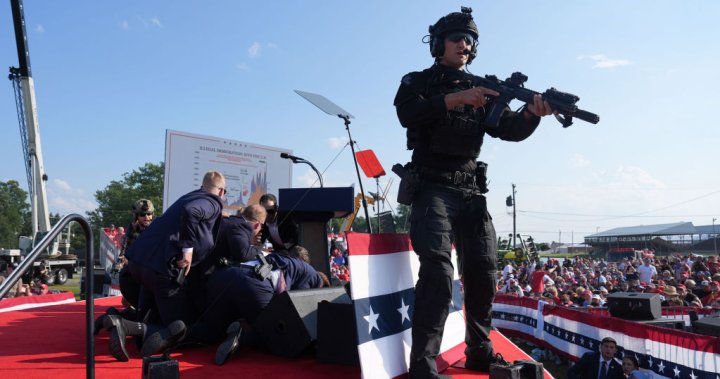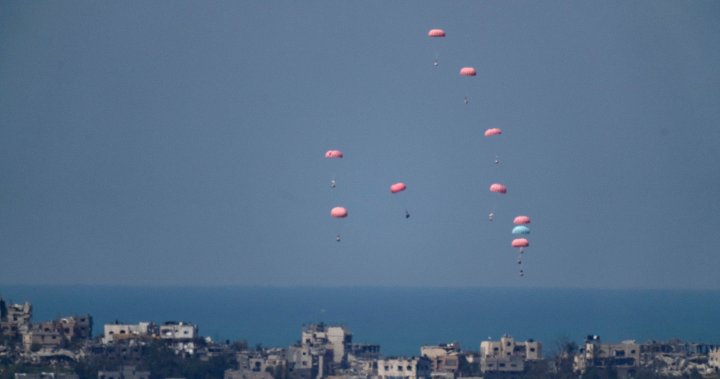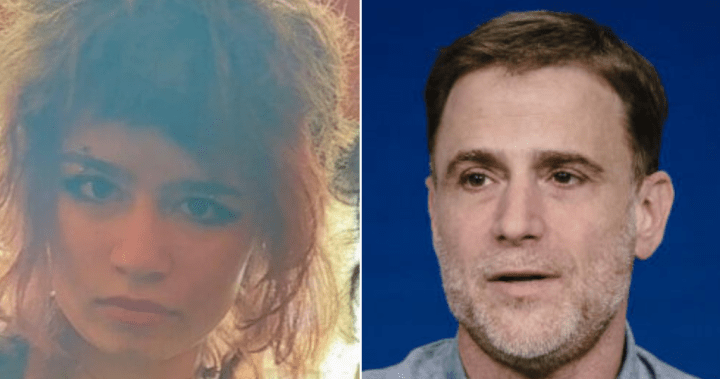The failed assassination of Donald Trump has spurred a lot of questions and concerns since Saturday, one of the biggest being how the U.S. Secret Service could let something like this happen.
On Saturday afternoon, a sniper was able to obtain rooftop access to a building roughly 150 metres from where the former U.S. president was speaking at a Pennsylvania rally. He fired multiple shots from astonishingly close range, grazing Trump’s ear with one bullet, killing a supporter sitting on the stage and injuring two others.
Multiple witnesses who were outside the rally venue but close to the building said they spotted the gunman and tried to warn nearby officers of his presence.
The Associated Press reported two law enforcement officials said a local police officer tried to confront the shooter, Thomas Matthew Crooks, on the roof before the shooting. But the officer retreated when Crooks pointed a rifle at him, and within seconds the attacker took aim and fired at Trump.

A man armed with an AR-style rifle fired from a rooftop during a Donald Trump rally in Pennsylvania, Saturday. Trump was wounded and the alleged shooter was killed.
AP reports; Planet Labs PBC
President Joe Biden said Sunday he has directed an independent review of the security at the rally.
But former U.S. Secret Service (USSS) agents are speaking out, raising questions about the size of the security perimeter for the event as well as efforts to secure buildings in the area, including the American Glass Research building, from where Crooks took his shots before being killed by Secret Service counter-assault snipers.
Charles Marino, a former Secret Service agent, told the BBC it would have been the task of agents to survey the surroundings and note “concerning areas.”
Paul Eckloff, a former Secret Service agent who retired in 2020, agreed, telling Reuters that agents would have surveyed all the rooftops with a line of sight ahead of time.
“This person either concealed themselves until they became a threat, or were not a threat until they revealed their weapons,” Eckloff said.
Republican presidential candidate former president Donald Trump reacts following an assassination attempt at a campaign event in Butler, Pa., on Saturday, July 13, 2024.
AP Photo/Gene J. Puskar, File
But former Secret Service director Julia Pierson told USA Today that forming and maintaining a sniper security perimeter is part of the agency’s responsibility for safeguarding “protectees” like Trump from harm — a perimeter that she said, in this case, wasn’t nearly large enough.
The email you need for the day’s
top news stories from Canada and around the world.
“I think 1,000 yards (approximately 900 metres) is the sniper capability that we have a concern about for the President. So anything that’s within that range, that is a professional, makable shot… and you want to know about it,” Pierson said.
“When you think about it (from where the shots were taken), it’s a football field and a half … and that is a makable shot by an individual. And obviously an inch would have made a difference in this case and Trump wouldn’t be with us,” said Pierson, who spent three decades with the Secret Service before becoming director in 2013.
Republican presidential candidate former president Donald Trump is covered by U.S. Secret Service agents at a campaign rally, Saturday, July 13, 2024, in Butler, Pa.
Evan Vucci / The Associated Press
For reference, 150 metres is a distance at which U.S. Army recruits must hit a scaled human-sized silhouette to qualify with the M-16 rifle. The AR-15, like Crooks used to fire at Trump, is the semi-automatic civilian version of the military M-16.
Evy Poumpouras, who served in the Secret Service’s presidential protective division during Barack Obama’s presidency, told NBC the task of securing a relatively exposed rally in a rural area like the one this weekend in Butler County, Pa., is a huge undertaking and it’s “the most anxious you’re ever going to be as an agent because you’re trying to secure all of it.”
She said that it was likely local and state-level police officers who were tasked with overseeing the area just outside the rally, which included the rooftop from where the failed assassination attempt took place. She added that these officers were likely the first line of defence and collaborated with the Secret Service to come up with a security plan.
During most of Trump’s campaign stops, local police aid the Secret Service in securing the venue. Agents from other agencies within the Department of Homeland Security, such as the Transportation Security Administration, occasionally help.
Many Trump rallies feature thousands of audience members, take place in the open air and last for hours.
Before the event, agents scan the venue for bombs or other threats, and Trump invariably arrives in a fortified motorcade.
Law enforcement officials typically put up barriers as a perimeter and require all attendees to go through a metal detector to enter the venue. Armed protective agents search all attendees’ bags and even wallets. Many rallygoers are patted down by hand.
However, “there should have never been a clear line of sight on the former president,” Rep. Ruben Gallego, a former Marine and Arizona Democrat, told USA Today, adding that those “responsible for the planning, approving and executing of this clearly insufficient security plan need to testify before Congress and be held accountable.”
A campaign rally site for Republican presidential candidate former president Donald Trump is empty and littered with debris Saturday, July 13, 2024, in Butler, Pa.
Evan Vucci / The Associated Press
It was announced late on Saturday that the FBI had assumed the role of lead investigator into the incident, and an FBI agent said at a news conference that it was “surprising” that the gunman had been able to open fire before he was killed by Secret Service.
And while there are still plenty of questions that remain, former Secret Service agent Joseph LaSorsa told Reuters there’s a good chance Trump will now be given a security detail comparable to a sitting president and that changes will happen within the Secret Service.
“There will be an intensive review… there’s going to be a massive realignment,” he speculated. “This cannot happen.”
Homeland Security Secretary Alejandro Mayorkas, whose department oversees the Secret Service, said officials were engaged with Biden and Trump and “taking every possible measure to ensure their safety and security.”
Biden said he has directed the USSS to review all security measures for the Republican National Convention, which begins Monday in Milwaukee. Audrey Gibson-Cicchino, the Secret Service’s co-ordinator for the convention, told reporters later the agency was satisfied with what she called its comprehensive planning for the Republican convention.
Secret Service director Kimberly Cheatle was due to brief the House Homeland Security Committee in a virtual meeting on Monday afternoon, according to a congressional aide.
The Secret Service will also brief members of the House Oversight Committee on Tuesday, while Cheatle is expected to appear before the panel for a full-scale hearing on July 22.
© 2024 Global News, a division of Corus Entertainment Inc.







